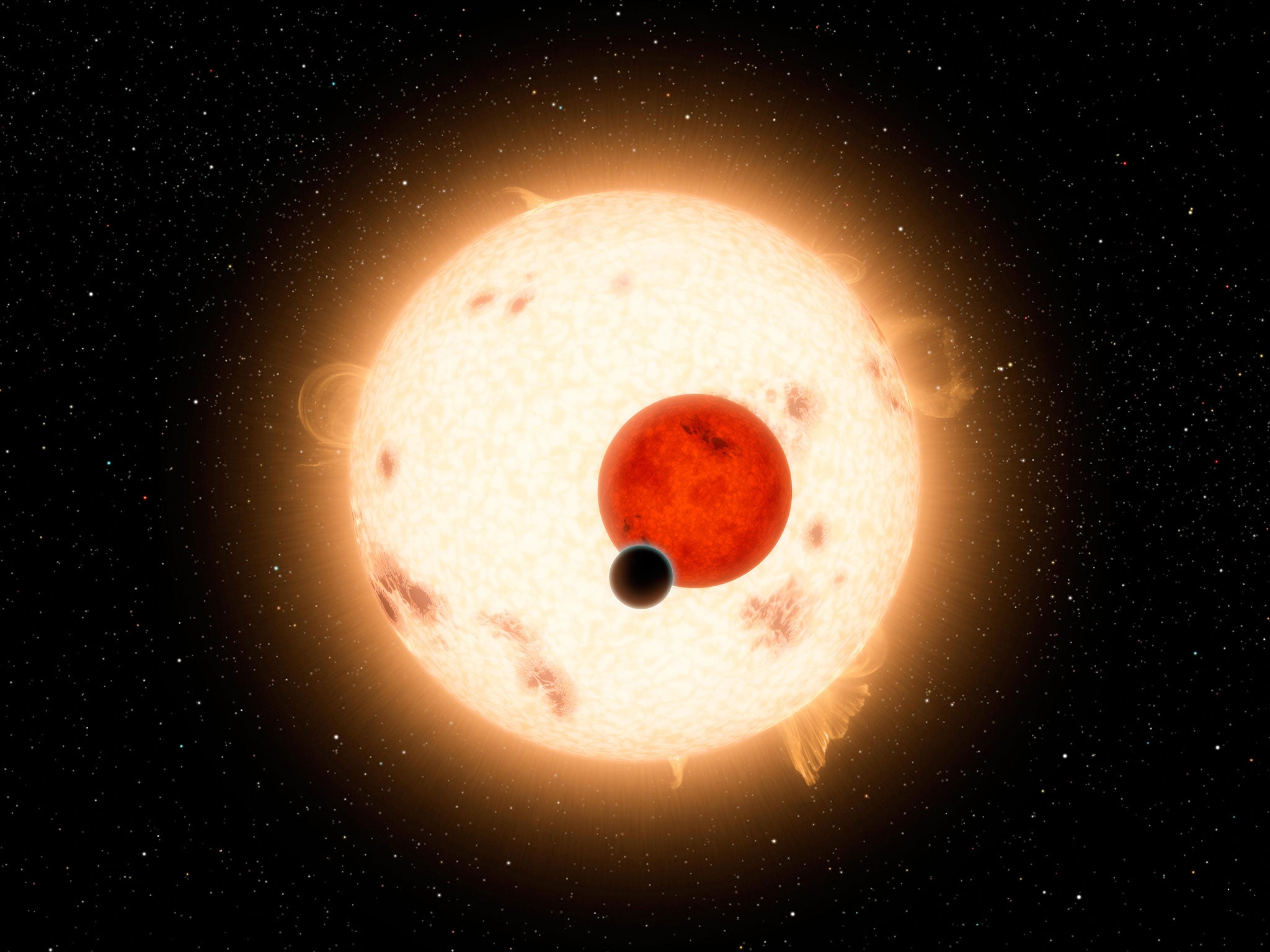Nasa announces 1,284 new planets discovered by Kepler space telescope
Nasa believes nine of the newly-discovered planets could be habitable

Nasa has announced its Kepler space telescope has discovered 1,284 new planets, nine of which could theoretically be habitable.
The huge discovery more than doubles the amount of exoplanets which have been discovered by the cutting-edge telescope.
In total, the number of known planets outside our solar system now sits at 3,264 - an impressive figure, considering astronomers had never spotted any as recently as 1989.
Of the 1,284 new planets, around 550 are believed to be rocky, like Earth. Nine of these also sit in their star's 'habitable zone', where the surface temperature allows liquid water to exist. With this new discovery, the number of known planets in the universe which could hold the building blocks for life has increased to 21.
Ellen Stofan, chief scientist at Nasa's Washington headquarters, said: "This [discovery] gives us hope that somewhere out there, around a star much like ours, we can eventually discover another Earth."
In total, Kepler spotted 4,302 planet 'candidates' between 2009 and 2013, 1,284 of which had a 99 per cent or greater probability of being a planet.
Another 1,327 are considered "more likely than not" to be planets, so the Kepler discovery could be even bigger than Nasa is claiming. 707 are believed to be "other astrophysical phenomena," rather than genuine planets.
Paul Hertz, Nasa's Astrophysics Division director, said: "Before the Kepler space telescope launched, we did not know whether exoplanets were rare or common in the galaxy. Thanks to Kepler and the research community, we now know there could be more planets than stars."
"This knowledge informs the future missions that are needed to take us ever-closer to finding out whether we are alone in the universe," he said.
Kepler spots planets by looking at stars and watching for any dimming, which can happen when a planet passes in front of a star.
Usually, this process is followed up by labourious lab-based investigations to confirm the discovery, but the planets in the recent trove were confirmed with statistical methods, which proved much quicker.
By automating the whole process, the Kepler team managed to detect hundreds of new planets in one fell swoop.
According to Kepler mission scientist Natalie Batalha, this kind of approach will be vital in future missions, as Kepler searches specifically for habitable planets and "living worlds."
Join our commenting forum
Join thought-provoking conversations, follow other Independent readers and see their replies
Comments